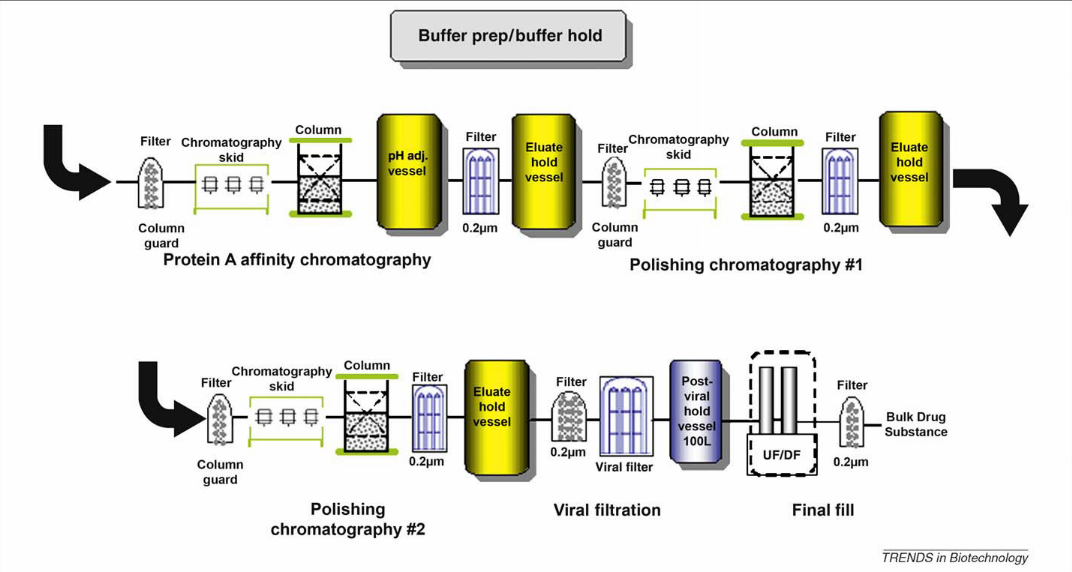Downstream Processing Of Proteins Pdf


Old Fishing Games S For Pc. In Downstream Processing of Proteins: Methods and Protocols, Mohamed A. Desai and a team of experienced biotechnologists review both conventional and novel isolation techniques used in industrial applications for the downstream processing of protein molecules. These techniques include primary and secondary separations during the isolation of biomolecules, as well as unique laboratory-scale research methods with a potential for scale-up. Also treated are the various strands of the downstream biological process essential for a successful product license application, including both the validation of DSP stages, and the design and validation of viral clearance stages during the purification process.
Downstream Processing of Proteins: Methods and Protocols provides scientists everywhere, but particularly in the biopharmaceutical and biotechnology industry, with a much-needed introduction to this critical technology. Every bioprocess scientist and engineer working to design and validate biological processes for novel proteins-and successfully apply for their new product licenses-will find this important book an eminently practical resource. 'The contributors are almost exclusively directly and actively involved in practical process applications on a day-to-day basis, which adds considerable credibility to the overall presentation.
Downstream Processing of Recombinant and Endogenous Proteins from Livestock Milk by Arthur W. Dissertation submitted to the Faculty of the. In Downstream Processing of Proteins: Methods and Protocols, Mohamed A. Progressive Er Safari Extension. Desai and a team of experienced biotechnologists review both conventional and.
The editor succeeds in his aim, producing a straightforward and uncomplicated directory of the integrated steps necessary to bring a product to market. Drama Korea My Princess Indonesian Subtitle. ' - Chromatographia 'This valuable book is the result of collective work of mostly corporate authors with important experience in downstream processing of proteins in industrial and biotechnological environments.It may be good textbook in industrial biotechnology courses especially because of ample protocols given in this book.The simplicity and clarity of the chapters is contains could be also of a great advantage for food science, which would certainly need to have good bench book.I would recommend highly this unpretentious but highly valuable book also to the readers active in our field.' -Nahrung/Food 'a worthwhile addition to the reference collections of special and academic libraries that serve scientists interested in the study and isolation of medical products from natural materials.' -E-streams Electronic Book Reviews.
ADVERTISEMENTS: This article throws light upon the five stages in downstream processing. The five stages are: (1) Solid-Liquid Separation (2) Release of Intracellular Products (3) Concentration (4) Purification by Chromatography and (5) Formulation. 20.1, an outline of the major steps in downstream processing is given. Solid-Liquid Separation: The first step in product recovery is the separation of whole cells (cell biomass) and other insoluble ingredients from the culture broth (Note: If the desired product is an intracellular metabolite, it must be released from the cells before subjecting to solid-liquid separation). Some authors use the term harvesting of microbial cells for the separation of cells from the culture medium. Several methods are in use for solid-liquid separation. These include flotation, flocculation, filtration and centrifugation.